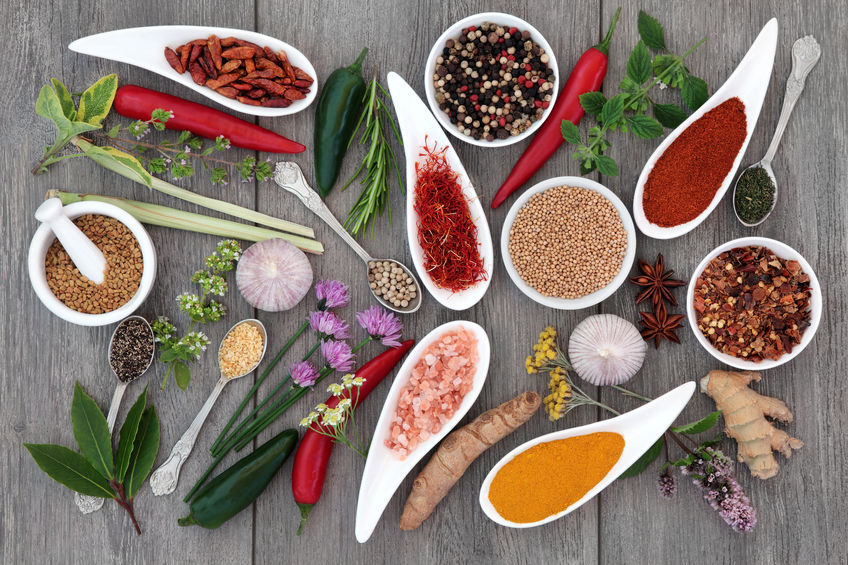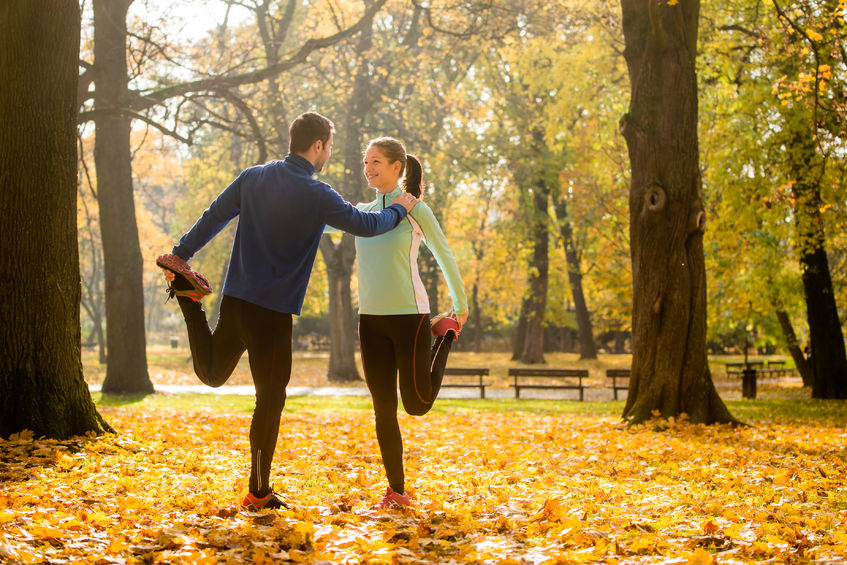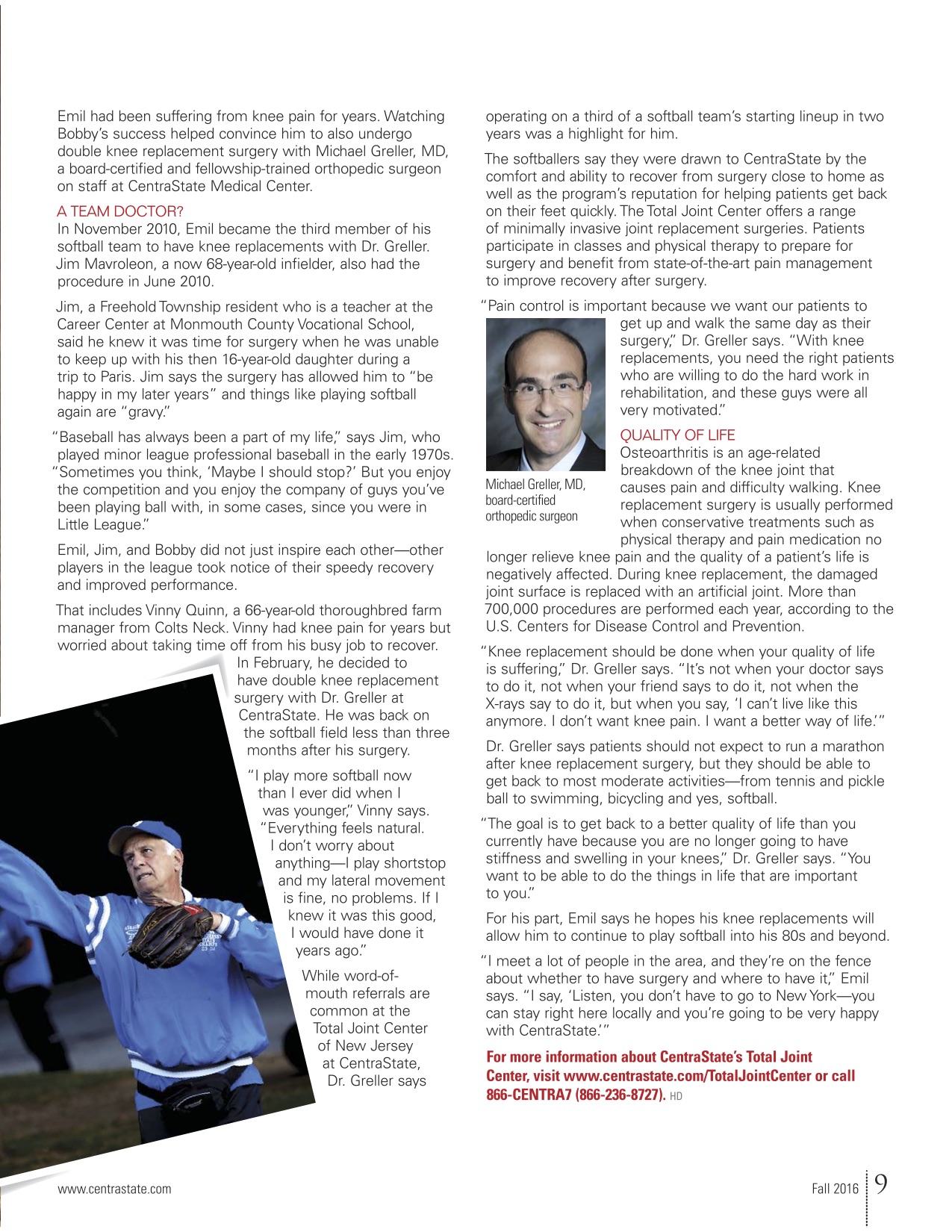What’s New at AOSMI
Dr. Michael Greller was featured in an article in CentraState Medical Center’s magazine Healthy Directions.
Dr. Greller’s education and training at leading institutions has given him the opportunity to treat professional athletes, high-level Division 1 college athletes, and high school athletes. He now brings this level of expertise to Monmouth County. He has served as the Team Physician for Saint John Vianney High School Football, a physician for the US Open Tennis Tournament, Philadelphia High School Football, Freehold Borough High School Football, several professional dance companies in New York City, and served as the Team Physician for the NY/NJ Comets, a National Pro Fastpitch women’s softball team. His vast and diverse experience both in the office and on the field allows him to provide the best care to all of his patients. Dr. Greller‘s goal is to help his patients recover quickly and he works closely with trainers, therapists, nutritionists and other medical professionals to help his patients return to competition and regular activities.
Read the whole issue of CentraState Medical Center’s magazine Healthy Directions here.

There is a crispness to the air, the leaves are changing, and visions of trick-or-treating are dancing in children’s eyes. Humidity is finally a fading memory, and snow and ice are a worry for another day. Time to get outside and follow your orthopedic specialist’s advice to stay active as the weather cools.
It’s fall in New Jersey, and we’ve curated the best local festivals to get you out to enjoy all the seasonal offerings.
- Family and Kid-Oriented Events
- October 21 — The Clinton Guild’s Pumpkin Fest in Clinton NJ offers a pumpkin decorating contest, balloon animals and designs, as well as horse-drawn hayrides through the town. The festival runs from 4:30 p.m. to 9 p.m.
- November 1 — The Great Pumpkin Sail in Mountainside, New Jersey. A great way to repurpose Halloween pumpkins, visitors float their burning pumpkins at Echo Lake Park. The event runs from 6:30 to 9:30 p.m., with a rain date of Nov. 2.
- Spooky and Creepy Events
- October 20-22 — The Haunted Seaport in Tuckerton at the Seaport–running from 6 to 9 p.m. Thursday and Friday and from 3 to 9 p.m. Saturday–offers a phragmites maze, Clyde P. Riddlesbrood’s “Into the Wicked Woods” Haunted Hayride, and pumpkin patch.
- October 29-30 — The Halloween Edition of the Trenton Punk Rock Flea Market runs from 10 a.m. to 5 p.m. Food trucks, curios, antiques, records, toys, vintage clothing, handmade art, and more at the Historic Roebling Machine Shop.
- 21+ Events
- October 24-26 — The Fall Wine Festival at Skylands Stadium in Augusta provides visitors with the chance to enjoy beverage and food tastings, wine dinners, and talks by local authors.
- November 12 — Jeeps in the Vineyard is held at Valenzano Winery in Shamong, and offers the best of an off-roading car show along with food and beverage tastings. This year, the event focuses on A Tribute to the Troops. Advanced registration is required.
- Arts and Entertainment
- October 21-23 — The Rahway International Film Festival is held at UCPAC’s Hamilton Stage, showcasing feature-length films, documentaries, and short films from over 15 countries.
- November 12 — The Scandinavian Jul Bazaar at Vasa Park in Budd Lake boasts foods, local crafts, linens, handmade wooden items, ornaments, candles, jewelry, and more from 10 a.m. to 3 p.m.
New Jersey offers events for every interest this autumn. In fact, the biggest struggle will be deciding which festivals to visit before the season is over! For more great ways to stay active through the seasons, check out our blog or contact us to discuss your situation with the New Jersey orthopedic surgeons at AOSMI.

Chronic pain can come from any number of sources. Even knowing the source doesn’t always guarantee relief. Some chronic pain conditions can be exacerbated by nutritional issues; still others may be relieved to some degree by changes in dietary habits. No food or drink can cure all pain, but what follows are some guidelines to follow that may improve the lives of chronic pain patients. Remember to speak to a qualified orthopedic specialist if your condition changes or worsens.
Eating to Prevent Symptoms
- Vitamins: A lack of certain vitamins or minerals can dramatically worsen chronic pain conditions, like neuropathy. In addition to taking a quality multivitamin, have your blood levels regularly checked for deficiencies.
- Minimize Caffeine: Avoiding caffeine entirely may be unrealistic, but more thoughtful consumption of caffeine, tobacco, and other stimulants can improve sleep quality, which often reduces chronic pain.
- Healthy Oils: Oils, such as olive oil, may prevent inflammation, and are generally a healthier choice than butter or margarine.
Eating to Ease Pain
- Essential Fatty Acids: Found in fish, nuts, and dark green leafy vegetables, these dietary superstars may reduce inflammation and improve immune responses.
- Check Gluten: “Gluten-free” has become the new dietary fad, but getting checked for celiac disease/gluten intolerance is often overlooked as a pain management path.
- Spice it Up: Herbs, such as thyme, and spices, such as turmeric, seem to help many patients feel less daily discomfort, and it’s no hardship to incorporate them into familiar dishes to increase palatability.
The best nutritional suggestion to fight chronic pain? Eating a healthy, balanced diet full of fresh, locally-grown produce. Follow the FDA’s dietary guidelines, avoid too many sweets or overly-processed foods, and opt for more frequent, small meals. Your body cannot fight off pain or diseases when you don’t have all the sustenance and resources it needs. For more ideas on how to reduce symptoms or improve day-to-day functioning, visit our website!

It’s no wonder that children are so often associated with running, jumping, and being active. There’s just something about that youthful energy that demands to be put into motion. However, active children and adolescents are also at risk of knee injuries, such as jumper’s knee, and may need to see an orthopedic specialist as a result.
Jumper’s knee is a condition common to young people who engage in significant amounts of kicking, jumping and running in sports such as soccer, track and field, and all types of hockey. The repetitive movements can result in discomfort of the tendon that runs over the front of the kneecap, the patellar tendon, which connects the muscles in the thigh to the muscles in the shin. Further damage to the bone growth area of the kneecap occurs in some cases, usually during growth spurts. While the condition is uncomfortable, it is rarely serious. Causes include excessive squatting or running. In some cases, minor issues with bodily conformation–such as flat-footedness or knees which are too closely aligned–can exacerbate or predispose a child to jumper’s knee.
Diagnosis is reasonably straightforward, as the activities that engage the patellar tendon cause the most discomfort, occasionally accompanied by swelling. A simple exam is usually enough–when combined with a thorough patient history–to make an accurate diagnosis. Some further diagnostic testing may be done, with an X-ray or MRI scan, to discern whether there are any complicating or unusual features to the disorder.
While both surgical and non-surgical treatments are available for jumper’s knee, a knowledgeable orthopedic surgeon will likely steer patients to non-surgical treatments first, to avoid any associated risks of performing surgery on a young person unnecessarily. For some, simply abstaining from activity for a few weeks may provide the respite the tendon requires to recover. Anti-inflammatory medications may be prescribed to assuage any pain associated with jumper’s knee. However, the best treatment is time. Cortisone injections are not associated with any long or short term improvements, and are rarely performed in this situation. In the rare cases where surgery is necessary, the surgeon will remove the damaged portion of the tendon. Regardless of the route of treatment, physical therapy is helpful, as are icing, heat, and ultrasound treatments.
Any time a child is given a diagnosis, it is a concern. Thankfully, with skilled professionals like those at the Advanced Orthopedic Sports Medicine Institute, diagnosis, treatment, and a quick return to healthy activity are generally expected. To schedule a consultation, visit our website today!

With the return of school and more reasonable weather, so returns the increased potential for Fall sports injuries. Maybe it’s the pressure of competition, or just the result of sitting in classes or at a desk all day followed by intense activity, but somehow, children and adults alike suffer more injuries. The good news is that these injuries tend to decline as we all adjust, usually around November. But what else can be done to prevent or remediate this proclivity?
- Get a Checkup: There’s a reason schools require a yearly physical prior to allowing students to partake in sports. Underlying medical conditions may not be obvious when a child feels only marginally worse on a daily basis, but a doctor seeing her or him annually may notice specific or significant changes.
- Don’t Skip the Small Stuff: Warmups and cooldowns aren’t the most exciting part of participating in sports, but they do help to reduce the chance of injury. Kids and adults alike are often guilty of rushing on to the next task without properly cooling down, but this step is essential!
- Stay Strong: Supervised strength training and conditioning off the field of your sport can not only improve your abilities, but also reduce your risk of sustaining a serious injury. Overall fitness can also decrease recovery time if you do get injured.
- Eat, Drink, and Stay Healthy: It’s easy to remember to stay hydrated in the summer bu,t in cooler weather, it’s still crucial to take regular breaks to drink. Sticking to frequent healthy meals can also help your energy levels stay consistent–avoiding fatigue that can lead to injury.
- Use the Right Tools for the Job: Having well-maintained equipment can make a major difference when it comes to safety. Hand-me-downs are fine for shirts, but not for helmets.
All of the tips we’ve talked about come down to one thing: exercise common sense when it comes to fall exercise and sports. Unfortunately, not every injury can be foreseen or prevented. Accidents happen. That’s when it becomes important to choose the right orthopedic specialist or New Jersey orthopedic surgeon from the Advanced Orthopedics and Sports Medicine Institute. For more information about staying healthy year-round, visit our blog or call 732.720.2555 today!









